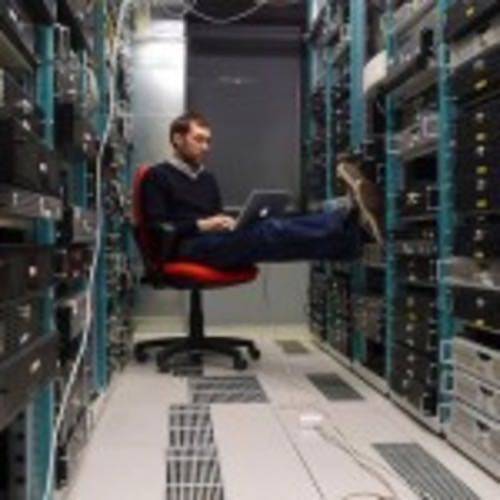Linux has yet to displace Unix in the data center. Despite Unix server vendor consolidation, most data centers still run multiple flavors of physical Unix servers. That was the take-away from the 2010-11 Unix Vendor Preference Survey of 306 data center professionals conducted by Gabriel Consulting Group (GCG). GCG has been conducting its Unix surveys for five years, and focuses on physical systems, not virtual machines.

In an announcement, GCG Principal Analyst Dan Olds said that, although sales have been strong for Linux and Windows servers, Unix servers aren’t going away. “But these Unix systems fulfill a different role in most enterprises; they run mission-critical applications that are vital to the functioning of the business,” Olds says. “Just because the sales of small, fuel-efficient cars are skyrocketing worldwide doesn’t mean that the need for dump trucks has gone away.”
Only 20% of respondents said that they were reducing their reliance on Unix, and according to GCG that number has been shrinking over the past few years, indicating that the replacement of Unix with other operating system is slowing. Most (76%) believe they will still be using Unix systems five years from now.
According to a separate announcement, most respondents that run both Unix and Linux believe that commercial Unix OSes are more available and reliable and have better support than commercial Linux distributions.
The majority of respondents (78%), are using two or more Unix brands and 45% use three or more. One GCG report says that this proportion has changed little in the past five years, indicating that no single company is “winning” at converting companies to a particular brand. “We don?t see much evidence to support the idea that customers are moving toward commercial Unix standardization,” the report says.
GCG didn’t release any market share details in its public releases, but Gartner did release some data earlier this year regarding the overall server market. However, it’s not broken down by sub-segment.
Photo by Leonardo Rizzi










